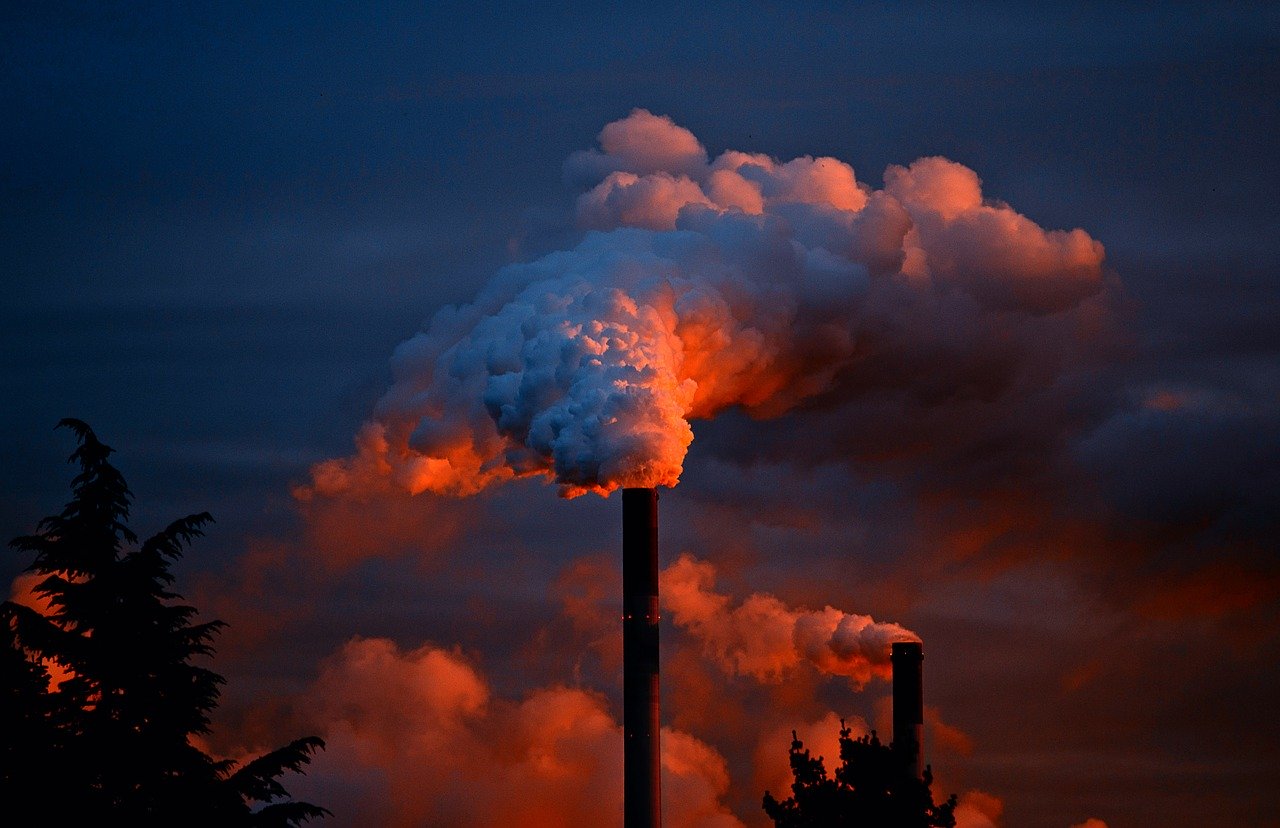
Owning a business means taking on a lot of responsibility — even in ways you don’t expect. You might have every aspect of your business planned out and accounted for, yet during the course of your normal business operations, you hit a snag that causes massive financial or physical damage.
Naturally, insurance is an important means to making sure you are covered in these unexpected cases. But while many events can be predicted, your business is unfortunately also at the whims of nature and the goings-on of other businesses in the area; you might discover mold growing on a property you own, or a previous business from years ago may have deposited hazardous materials on the site you now occupy, leading to potentially disastrous consequences.
Events like these can have adverse effects on the long and short term health of a business, its facilities, and in the worst cases, its employees. If one wants to make sure they are covered in all of these potential cases, they should be prepared with proper insurance coverage, and in incidents like those listed above, the proper insurance to seek would be environmental liability coverage.
What is covered by environmental liability coverage?
Essentially, environmental liability coverage protects against any claims of environmental damage and/or damage caused by hazardous waste materials over the course of and following a job. Policies of this nature can cover claims of bodily harm and property damage, including clean-up costs following contamination from toxic materials.
This sort of coverage is commonly associated with businesses that produce hazardous waste during their usual activities, such as agribusinesses and construction firms. For these businesses, having coverage of this nature is essential, as companies will be protected from liability both during a job and in cases where there is damage resulting from hazardous waste materials following a job. However, industries that are not traditionally considered to be pollutive can still benefit from environmental liability insurance as many factors that lead to potential damage are outside the direct control of the business.
Real-World Examples Of Environmental Liability
In one of the most common real-world examples, a company leases an existing space to a new tenant and begins renovations. During these renovations, they notice that a leaking pipe has caused significant mold buildup, posing a potential danger to the future tenant. Remedying this issue is a significant task; pipes must be fixed, mold must be safely removed, and all the proper steps must be taken to ensure the new tenant is entering a safe working environment. During this period, the original owner incurs considerable costs, including the price of mold removal and the loss of profit from not being able to rent out the space during these remediation efforts. Having environmental liability coverage ensures that these costs are not solely taken on by the owner.
Another common example involves when previous uses of land are not well-documented, leading to hazardous waste incidents. In this potential scenario, a company decides to expand its efforts, which naturally involves construction. During this construction they accidentally overturn some soil that produces a strong chemical smell. Construction must be halted while the site undergoes a thorough investigation, a process that involves large remediation costs and the incurrence of legal defense expenses — not to mention any bodily injury to third-party construction workers that may have resulted from exposure to these chemicals. All of these unintended consequences of a business’ operations may be costly, but with environmental liability coverage, the fear that one may incur these costs can be significantly reduced.
More enhanced environmental liability coverage may also include coverage for aspects like pre-existing environmental conditions, transportation of hazardous or toxic substances, and even things like reputational damages resulting from potential incidents.
As should be obvious from the above examples, many areas where environmental liability insurance comes into play, such as asbestos exposure, contaminated soil exposure, and post-construction clean-up exposure, are difficult to avoid and can have serious physical and financial consequences for a business. That’s why obtaining environmental liability insurance should be a top priority for businesses concerned about exposure to these risks.
Conway E&S has spent years connecting policies like these with those who need them. With a staff well-educated and experienced in these and related fields, we can guide you to the coverage you need to make sure your business and its workers are protected. If you are interested or would like to learn more, please contact Ken Helmick.

Recent Comments